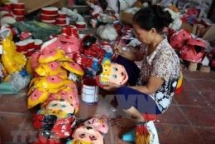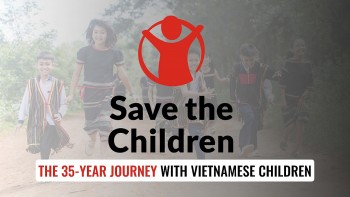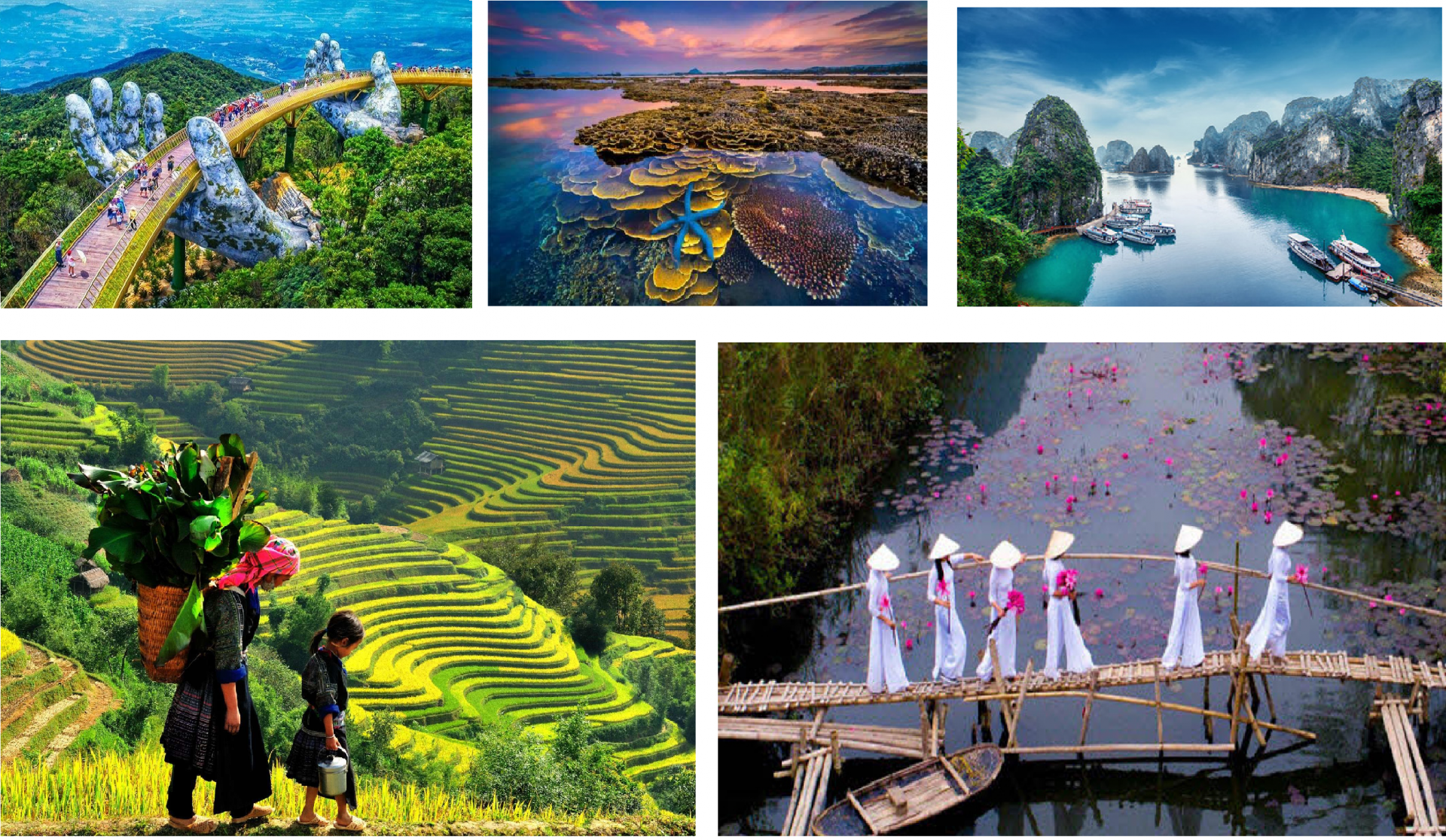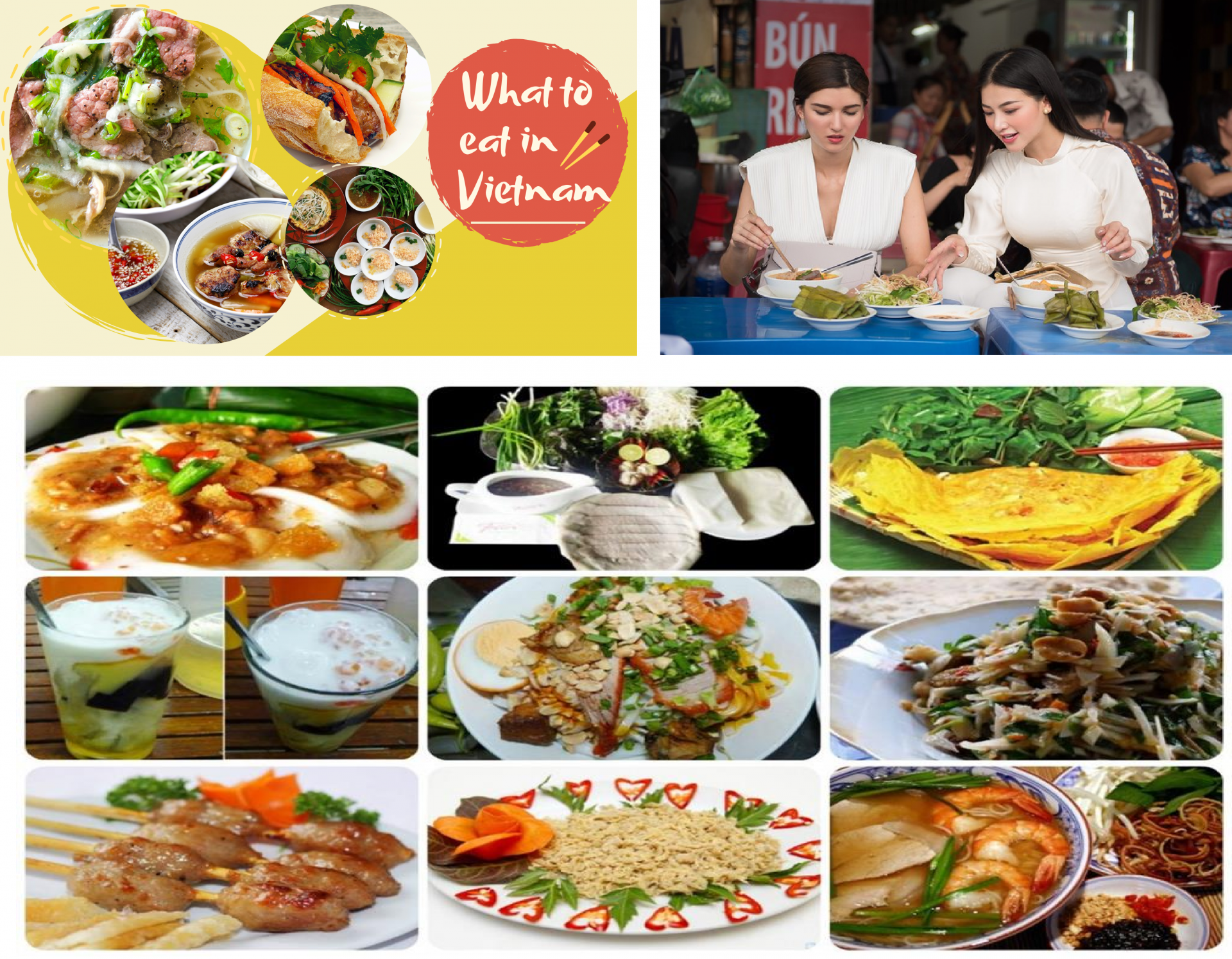Unique and traditional Ban soy sauce of Hung Yen
| Mid-Autumn toy making village in Hung Yen | |
| Dao Co - natural space among Hung Yen city | |
| Adjustment of IZs in Hung Yen given nod |
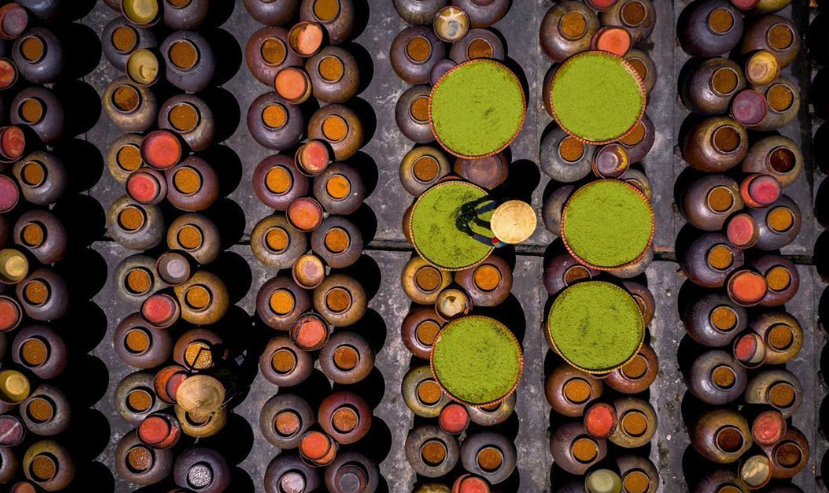 |
| Ban Soy sauce Village shot on the National Geographic Instagram account. Photo: Pham Ngoc Thach |
The village is said to have its own traditional way of making the sauce which has gone through generations in Hung Yen. The use of rain water or water from a particular bore-well is said to be part of the "secret" behind this sauce, which is now known widely as tuong Ban (Ban soy sauce) or tuong lang Ban (Ban Village soy sauce).
 |
| Soybeans are soaked in water and dried before being baked well. Photo: VNA |
Soya sauce makers have to wash the rice carefully then soak it in water and cooked into sticky rice, next scatter the sticky rice onto a large bamboo flat basket and dry it in an airy place until the rice turns yellow. Soy beans must be roasted until the bean is brown and then the beans are soaked in a clean jar for one week. After the beans have fermented, producers
 |
| Boiled rice is fermented in three days till it turns yellow with fungus. Photo: NDO |
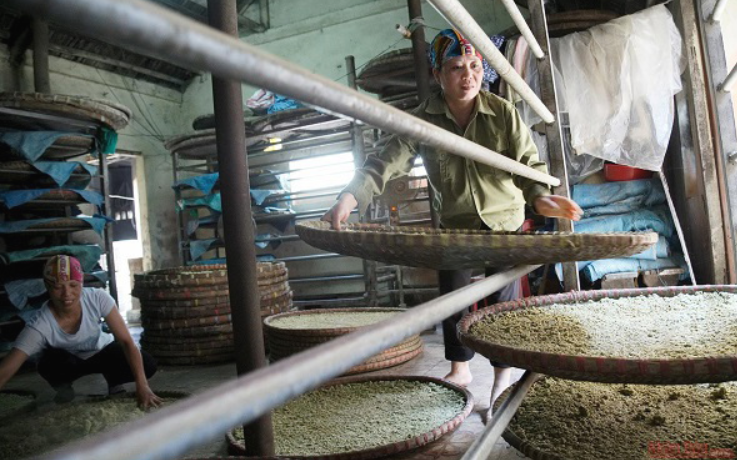 |
| The soybeans are then baked with sand at a low temperature till they turn yellow with a sweet smell, and then being soaked again for a week. Photo: VNA |
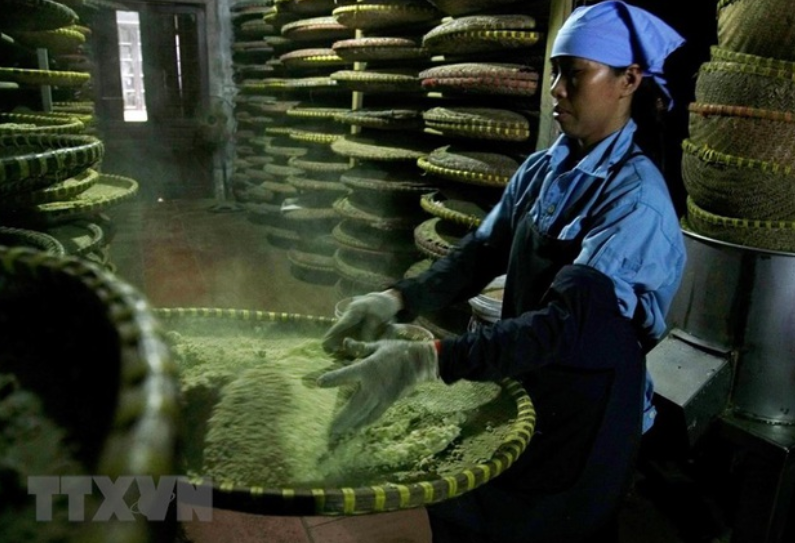 |
| Mixing fermented rice. Photo: TTXVN |
March to August is that time for the villagers, so expect to see hundreds of jars in diverse sizes filling yards in every household. Making soy sauce is not difficult but making Ban soy sauce is an art-form.
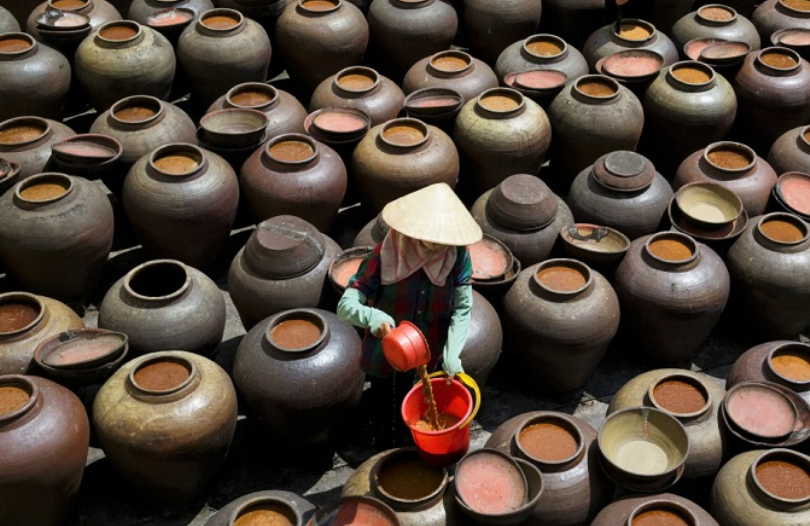 |
| Photo: VNA |
Fungus and salt is added, and the mixture is put in ceramic containers, covered tightly and dried in the sun for between two and six months. Some makers keep sauce up to two years
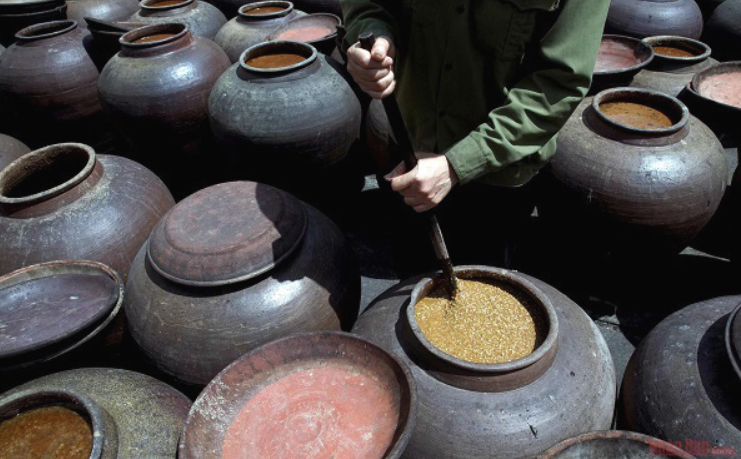 |
| During the drying period, makers should stir the mixture every two days, but just for a minute. Photo: NDO |
 |
| Sunlight is very important for sauce making process. The more sunlight it gets, the better taste it is. Photo: Pham Doan Quang |
 |
| Ban Sauce in a traditional meals. Photo: Vietnamtourism. |
 | “Real life journey” program reached Hung Yen province On March 3rd, the National Fund for Vietnamese Children and AIA Vietnam co-organized the “Real life journey” event, raising funds to donate bicycles for underprivileged ... |
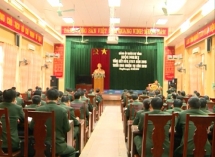 | Hung Yen defines military assignments for 2016 In 2015, all party organizations directly under the Hung Yen provincial Military Party Committee fulfilled tasks, with 51.35% of them achieving transparent and strong criteria. |
| Hung Yen provincial Party Congress results disseminated The Hung Yen Party Committee Commission for Popularization and Education on November 11th held a meeting to disseminate the results of the 18th provincial Party ... |
Recommended
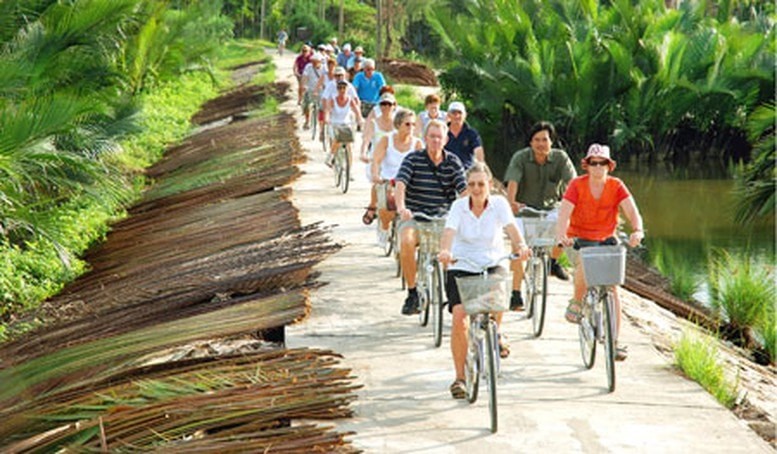 Travel
Travel
Vietnam Tourism Sets New Record with Over 19 Million International Arrivals
 Travel
Travel
GMS International Conference with Focus on Sustainable Tourism Development
 Travel
Travel
International Visitors in South Africa Experience Vietnamese Cuisine
 Travel
Travel
Visitors to Explore Ancient Conifer Forest at Phong Nha-Ke Bang for First Time
Popular article
 Travel
Travel
Phu Quoc - Top Choice for Eastern European Tourists Visiting Vietnam
 Travel
Travel
“Vietnam Pho Festival 2025” Kicks Off in Singapore
 Travel
Travel
Vietnam Shines with Dual Wins at the 2025 Readers’ Choice Awards
 Travel
Travel

